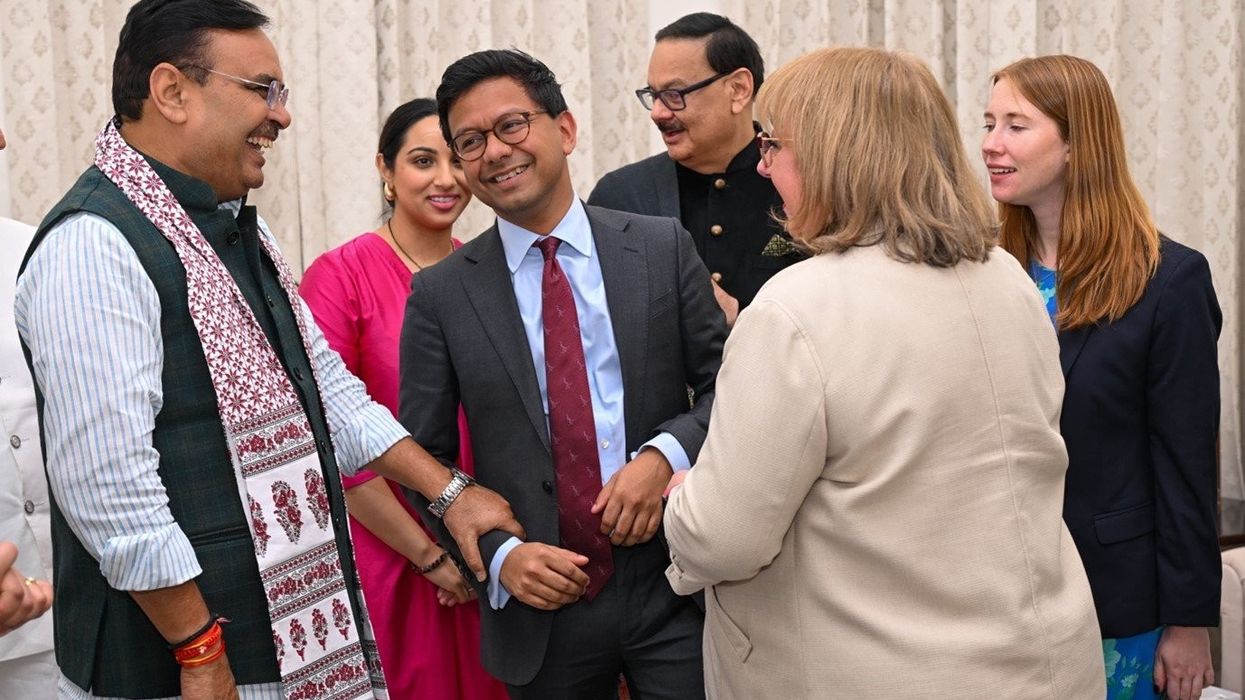SINCE 2006, Summix has specialised in securing planning for strategic land and urban, mixed-use regeneration projects.
Working with our development partners, we have successfully delivered more than 6,000 homes in the UK. We continue to bring forward strategic residential development sites with over 18,000 homes in our current pipeline, including a new settlement for 10,000 homes at Worcestershire Parkway, which was recently referenced by Chancellor Rachel Reeves in her inaugural speech.
The establishment of the New Towns Taskforce and the expanded remit of Homes England has been welcomed by those in the land, planning and development sector, none more so than the team at Summix, as a clear indicator of the new government’s intent to increase the delivery of new homes.
The proposed reforms to the NPPF should bring a welcome change to planning policy. However, planning is only one piece of the multifaceted process to deliver new homes. In our view, a core focus of the New Towns Taskforce, Homes England and the MHCLG (working with other ministries and local councils) should be on addressing the infrastructure/enabling issues that are preventing or stalling development. There are a several areas where this would significantly accelerate the delivery of homes in the immediate term, such as:
Biodiversity Net Gain
Nutrient Neutrality
Energy and Power Security
Infrastructure Programming, Design and Procurement
Biodiversity Net Gain ‘Open Mosaic Habitat’ and Nutrient Neutrality are good examples of how environmental policy, whilst necessary and well intentioned, is slowing development. Policy shouldn’t be an impediment to new development, and the Home Builders Federation estimates that over 160,000 homes are currently stalled by Nutrient Neutrality.
It has been refreshing to hear of the joint venture between Ashford Borough Council and Canterbury City Council to satisfy nutrient neutrality and utilise the government’s Local Nutrient Mitigation Funding scheme. The Councils noted that the impact of Nutrient Neutrality has “…meant that the council and developers have not been able to build new homes within the River Stour catchment, which is having a negative impact on the Local Plan…the Nutrient Neutrality constraints that have been placed on the council present a huge barrier to growth and our ability to address some of the wider social and economic challenges.”
We encourage more councils to establish similar programmes to benefit from the government’s Local Nutrient Mitigation Funding scheme and thus support developers.
The National Grid has a “capacity crisis”, causing huge delays to viable developments that don’t have Energy and Power Security. The decarbonisation agenda and introduction of the Future Homes Standard is adding further pressure on load requirements for new developments. These policies, while welcomed, need government clarity and guidance on implementation deadlines, for example the removal of gas in new developments. This will allow housebuilders and network operators to plan ahead and understand what the future looks like.
Amit BhatiaConnectivity challenges are leaving roughly 400 gigawatts worth of power requirements queuing to be connected to the UK power grid, with many developers facing a wait of 5-10 years. The push for green energy and the discontinuation of gas has placed even more pressure on the grid. Even if a developer can viably install renewable power sources onsite, the grid often cannot receive any additional power for years (depending on location) and when it does, the connection comes at a very high cost to the developers.
While the reformed connections process (TMO4+) is welcomed to expedite power security, further engagement between the government, Ofgem and developers is needed to allow utility planning at an early stage to assist in accelerating delivery.
Infrastructure Programming, Design and Procurement also plays a huge part in delivering housing and can be complex. It would be welcomed to see the government provide a clear mandate to key regulatory bodies to engage early with developers, from early design reviews to twin track approval processes with legal adoption agreements. For example, infrastructure performance agreements with Local, National Highways and Drainage Authorities, particularly for strategic complex developments with multiple phasing strategies, would significantly accelerate delivery.
If these issues are addressed with a similar focus to planning policy, we believe the government’s housing targets will be achievable. We commend the government’s commitment to sustainable development and would welcome continued discussions on how we can jointly address these challenges to unlock and expedite housing delivery.
This is Amit Bhatia’s letter submitted to the government as Labour think through the delivery of its target on 1.5 million homes over the next five years.





 Sunder Katwala
Sunder Katwala







‘Policy reforms should not halt development’